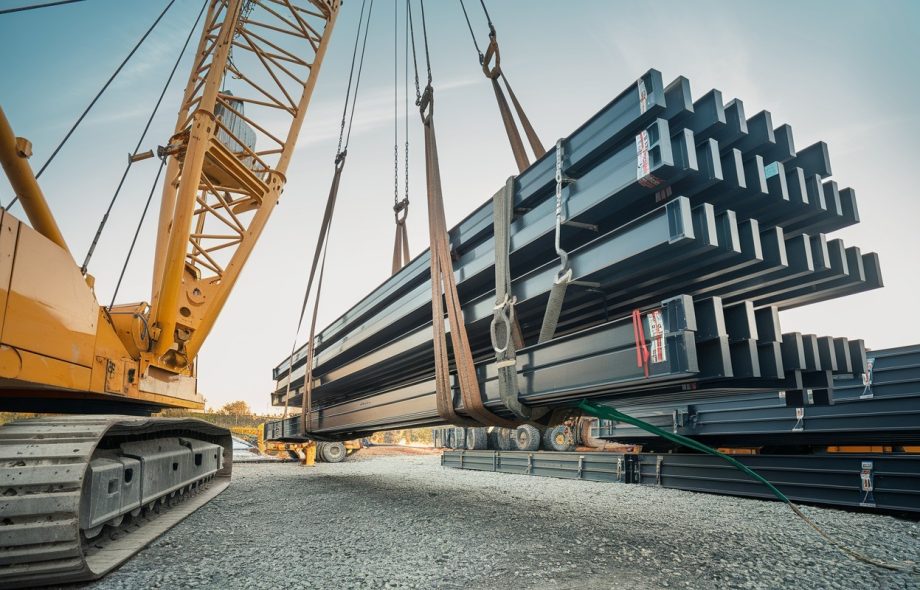Transporting goods safely is a crucial responsibility in industries such as logistics, construction, and agriculture. Improperly secured loads can result in accidents, financial loss, and potential legal repercussions. In Australia, strict laws are in place to ensure load restraint practices meet safety standards.
Whether new to transport or an experienced professional, understanding the fundamentals of load securement and using appropriate tools like strapping equipment is essential for ensuring safety and compliance with load restraint in Australia regulations.
The Importance of Load Securement
Load securement is not merely about keeping goods in place during transit; it involves safeguarding lives, preventing damage, and meeting legal obligations. A poorly secured load can shift during transportation, leading to accidents, endangering drivers, and damaging cargo. This is particularly vital for industries that handle heavy or hazardous goods.
In Australia, regulations mandate that all loads must be restrained to prevent movement in any direction, ensuring the load remains intact and does not become a hazard. The legal framework also requires the proper use of load restraint systems, such as strapping tools and dunnage bags, to meet national standards.
Best Practices for Load Securement
To ensure effective load restraint in Australia, the following best practices should be observed. These measures will not only help meet legal requirements but also protect cargo and ensure smooth delivery.
1. Understand the Regulations
Adhering to Australian load securement regulations is the cornerstone of safe transportation. The National Transport Commission (NTC) and the Heavy Vehicle National Law (HVNL) outline specific requirements, including securing loads against movement in any direction—whether forwards, backwards, sideways, or upwards.
Ensure your team is fully aware of the latest legislation and updates. This will help keep your business compliant and mitigate the risk of fines or accidents.
2. Select Appropriate Equipment
Choosing the right load restraint equipment is essential. Different types of cargo require specific tools and devices. Strapping tools are effective for tightly securing goods to prevent movement. Additionally, tie-down straps, chains, ropes, and load binders should be used where appropriate.
It is critical to use high-quality restraint equipment that complies with Australian safety standards. Inferior or worn-out equipment can lead to load shifts and accidents, so investing in reliable tools is vital for every task.
3. Ensure Proper Load Distribution
Balanced load distribution is key to avoiding accidents caused by load shifts during transit. Unevenly distributed loads can destabilise the vehicle, increasing the likelihood of rollovers or jackknifing. Distribute the weight evenly across the vehicle’s axles and avoid overloading one side.
While strapping tools and restraints help secure the load, improper distribution still poses risks. Always check that the load is balanced and centred before setting out.
4. Use Adequate Restraints
Regardless of the cargo, it is crucial to use restraints suitable for the weight and type of load being transported. Australian guidelines specify the number of straps, chains, or other restraints required for different loads. For heavier or bulkier items, more than one or two restraints may be necessary.
Failure to use sufficient restraints increases the risk of accidents, as the load may not remain secure under various road conditions or during sudden stops.
5. Apply Blocking and Bracing
In addition to strapping tools, blocking and bracing techniques are essential for maintaining cargo stability. This involves placing barriers or supports around the load to prevent shifting. Items like timber blocks, metal bars, or wedges can be used to ensure the cargo remains stationary during transit.
Blocking and bracing are especially effective when transporting heavy machinery, large pallets, or irregularly shaped goods.
6. Maintain Proper Tension
Applying the correct tension when using strapping tools is critical. Under-tensioning can cause the load to move, while over-tensioning may damage both the cargo and the equipment. Advanced strapping tools with built-in tension gauges can ensure safe tension levels, helping teams standardise their load restraint processes.
7. Conduct Routine Inspections
Before any journey, inspect all load restraints -straps, chains, and other securing devices -for wear and tear. Even minor damage can compromise load security.
It is also essential to periodically check the load throughout long hauls, as road conditions and weather may affect tension. Regular inspections ensure the load remains secure throughout the trip.
8. Provide Ongoing Staff Training
Training your staff in proper load restraint techniques is crucial. Regular sessions should cover equipment use, regulations, and best practices, ensuring everyone involved in the transport process is up to date. This should include the correct use of strapping tools and restraint systems, as well as understanding load distribution.
9. Consider Weather Conditions
Weather conditions such as rain, wind, and temperature fluctuations can affect load securement. Wet or slippery surfaces may cause loads to shift even when properly restrained. In these cases, using non-slip mats or additional restraints may be necessary to prevent accidents. Always account for weather conditions when planning your load securement strategy.
Conclusion
Load securement is a vital aspect of transportation that requires strict attention to regulations, proper equipment use, and continuous training. By following best practices – such as selecting appropriate strapping tools, ensuring proper load balance, and conducting regular inspections – you can minimise risks and ensure the safe and compliant transport of goods.
Staying updated with Australian regulations and training staff regularly will help maintain operational efficiency and safety. Prioritising load restraint protects both your cargo and the well-being of all road users.
 :
https://www.pinterest.com/
:
https://www.pinterest.com/












